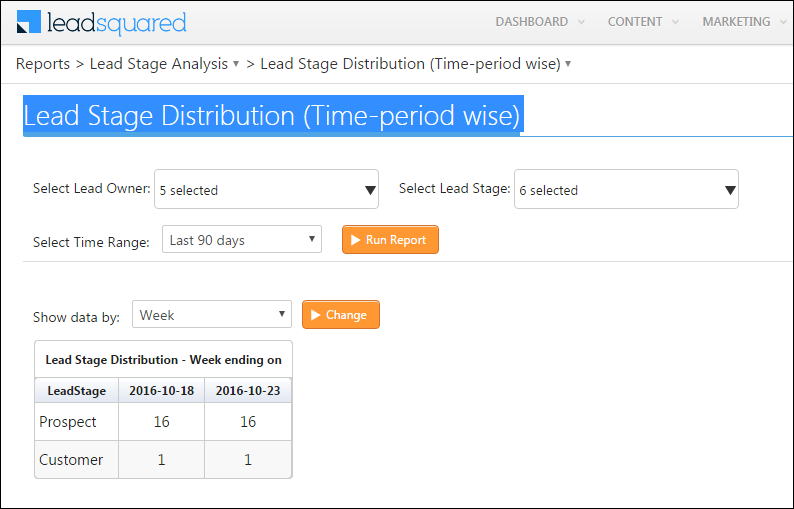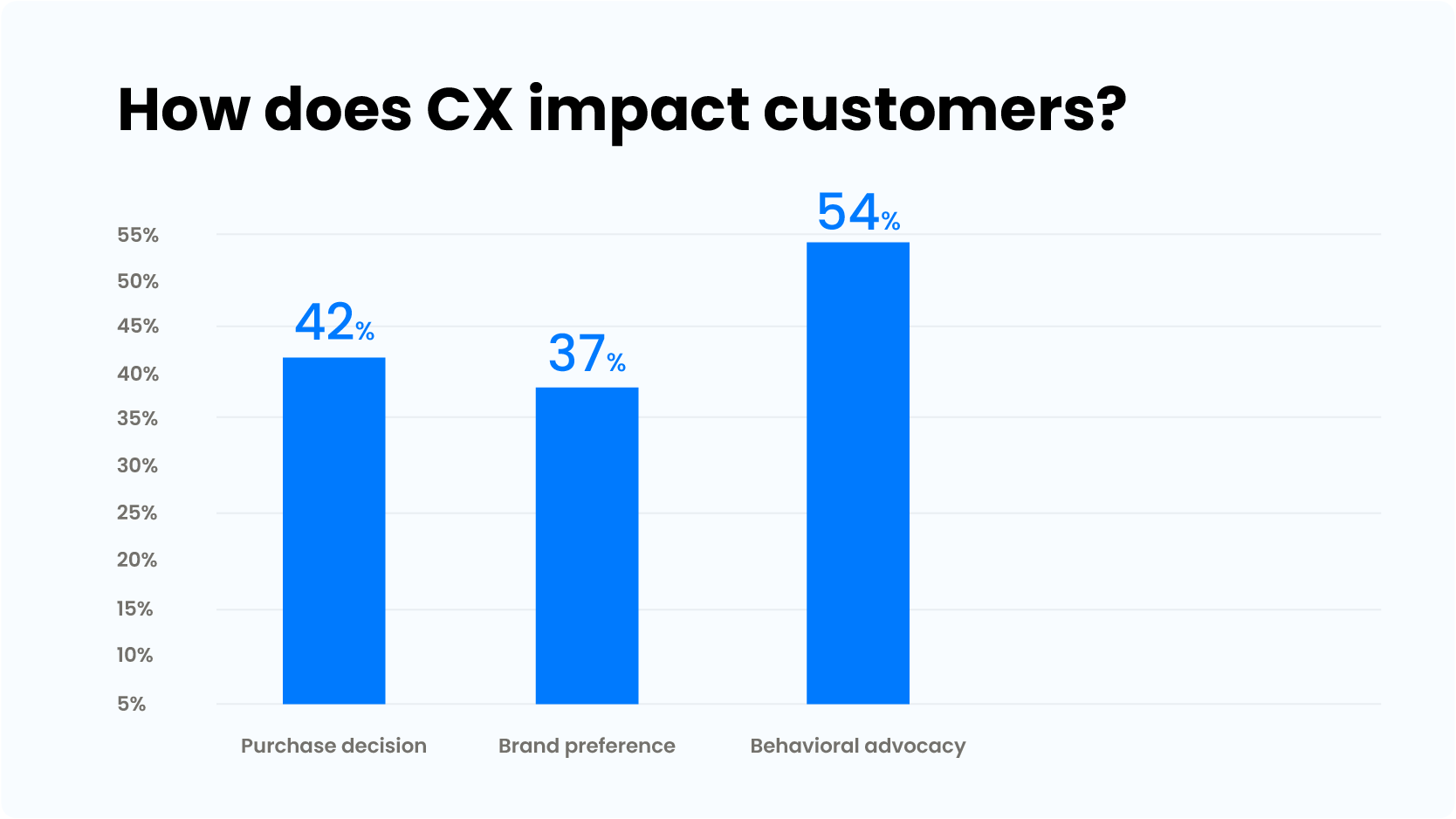In the 1990s, Jack Napoli and Dick Dunkel used the MEDDIC sales process to increase their company’s revenue from $300 million to $1 billion in just four years.
“Personally speaking, MEDDIC helped me increase my close rate to over 90% and increase my team’s sales 60% year on year,” says Napoli.
Today, many fast-growing startups and enterprises use this technique to analyze wins and losses and achieve better results.
Many sales professionals everywhere use this sales methodology to qualify potential customers, adjust messaging, and move leads down their sales funnel.
Embedding the MEDDIC methodology within a sales organization can enhance the effectiveness of the sales team, improve lead quality, and ultimately lead to greater success in closing deals by ensuring alignment with buyers’ needs.
Let’s discuss the components of the MEDDIC sales process and how you can use this strategy to increase your revenues.
What is MEDDIC Sales?
MEDDIC is an acronym for:
- Metrics
- Economic Buyer
- Decision Criteria
- Decision Process
- Identify Pain
- Champion
Identifying a champion early in the sales cycle can significantly enhance the efficiency of the sales process by ensuring that efforts are directed toward viable opportunities and fostering a strategic approach to closing deals.
The MEDDIC process allows organizations to better understand their audiences by analyzing every touchpoint during the sales process. It also helps identify the underlying issues preventing sales.
For instance, if you are unable to close deals, you may think that the issue lies with your marketing or sales pitch. However, the problem could also be the customers that you are approaching.
With the MEDDIC approach, you can qualify audiences better. When you know that you are selling to the right people, you will find it easier to close the sales.
Any sales process (whether simple or complex) can benefit from the MEDDIC methodology as it provides an objective assessment of the leads that are being sales qualified. This information also helps improve the sales forecast.
A Look Into The MEDDIC Sales Process
The intuition behind the MEDDIC process is that when you pitch to the right prospect, your chances of closing the sale increase too. And the increased closing rates improve your sales statistics.
The MEDDIC sales process encourages the sales team to learn more about the potential customer and use that information to make the sale.
The secret to better sales efficiency lies in the word “MEDDIC” itself. Optimizing the lead qualification process within the sales funnel can significantly enhance sales success. Let’s look at what each letter signifies and how you can implement them in your sales process.
The 6 Steps Of MEDDIC Sales Methodology
1. Metrics
When you pitch to a customer, you want to show them what they can gain from your business.
You should be able to quantify these gains.
For example, you can pitch to a business that your services can double their conversion rates, or you can help reduce production costs by twenty percent.
The idea is to use numbers to show why your solution is better. It will help them understand the ROI and make a faster buying decision. Sales professionals employ structured methodologies like MEDDIC for effective sales qualification, ensuring they understand business needs and utilize metrics for performance measurement.
Examples of metrics that create an impact are:
- Cost-savings
- Efficiency gains
- Reductions on FTEs (Full Time Equivalent)
- Increase in revenue or profit
- Quicker time-to-market
- Better customer satisfaction
Here are the examples of metric-driven conversations:
On average, our customers save ten hours per week on data entry.
Companies have seen 100% YoY growth after implementing our platform.
We have a client from the same industry who managed to achieve 30% ROI within the first three months of implementing our solution.
On average, our customers save ten hours per week on data entry. Companies have seen 100% YoY growth after implementing our platform. We have a client from the same industry who managed to achieve 30% ROI within the first three months of implementing our solution.
2. Economic buyer
It refers to the interaction of your brand with the person who will make the purchasing decision.
Even though you initiate conversations with a person who may use your product/service, try to get in touch with the decision-maker who will authorize the spending.
The economic buyer will generally be someone higher up in the company. If you can convince them, closing the sale becomes a breeze. Engaging with sales leaders early in the sales cycle can significantly influence the outcome, as these individuals have a deep understanding of the product’s value and can advocate for it within their organizations.
Below are examples of qualifying questions you can ask your contact.
How does your organization typically make buying decisions?
Is anyone else involved in the buying process?
What’s your role in the decision-making process?
If you cannot get hold of the economic buyer, get as much information you can from your contact. Use this information to tune your sales pitch because the person who approves the spend will review your proposal.
While pitching to enterprise customers, ensure you have stakeholders’ contact details. You can also use CRM software for account-based sales and marketing, which allows you to easily store and access lead details, their interactions with reps, and their activities on your website or ads. This will further help you gauge their buying intent.
3. Decision criteria
It will help you understand what process or parameters the buyer uses to evaluate a product.
In general, the factors that influence a decision are:
- Potential ROI
- Budget/Pricing
- Features
- Ease of integration / Set-up time
- The number of use cases your product/solution covers
- Brand value
Different companies will have different methods or criteria to make a purchase decision. Sales managers play a crucial role in implementing and guiding the MEDDIC sales methodology, ensuring consistent adoption among sales teams and facilitating essential training and coaching. They may even want to compare your offering with your competitor’s. Ask them to share their requirements formally (over email or in writing). If you’ve enough knowledge about your buyers, you can also give them a questionnaire to fill-up. This approach will also give them time to think through and state all their needs. Otherwise, things may get missed out in verbal communication.
Here are examples of questions to ask to understand the customer’s decision criteria.
What are the most important criteria for you when making this decision?
Do you have any solution in mind for this challenge?
What features are you looking at when buying a solution to the [Problem Statement]?
Be aware that you’ll be compared to others. So, keep a comparison deck ready, especially for your top competitors. It is because you can cover all your features when you prepare a comparison document. If the prospect prepares it – they might miss some features which may even cost you the business.
4. Decision process
This step is meaningful only when the lead is evaluating your product.
The purpose of this step is to know the company, authorized signatory, the onboarding process, and the timeline that the buyer follows to prevent delays due to internal processes.
For example, if the decision-maker has given the green signal but has not completed the paperwork, you can push them to get that step done as soon as possible with logical reasons.
You can ask the following questions to understand the decision-making process at your customer’s.
Is there anything I can help with to finalize this decision?
What all paperwork would you need?
How does the onboarding process at your organization look like?
You can also refer to these smart sales closing scripts for different situations.
5. Identify pain
This point addresses the actual pain points of the company that your product or service will relieve.
For example, a company may not have a decent sales figure. It may also be spending too much on marketing. It could be issues like slow production, low revenue, and more. You need to identify the pain points of the customer.
Be specific about these pain points. Because when you are proposing a solution, the industry knowledge alone is abstract and vague. But with simple research, you can identify the exact challenges.
For instance, everyone may want to double their revenues or cut down production costs. However, the information, such as the customer losing out five hundred thousand dollars every month or the fact that they can cut down the production cost by 5%, is specific to them. It indicates that you know your customer’s challenges and you have a solution that can help.
Thus, by identifying the exact pain points of the customer and proposing just the right solution, you have better chances to seal a deal.
You can practice the following scripts:
We came to know you had to bear a loss of [Amount] because of [Reason]. We have helped organizations resolve this challenge with [X%] success.
With our solution, organizations like yours have cut the production cost by [X%].
I heard that you use a couple of software, but those are not well integrated. We provide out-of-box integration with almost every software out there. You name it, and we have it.
6. Champion
A champion is an influential person inside the organization.
They may not be high up in the hierarchy, but they are well-respected and well-known across the organization. They will advocate for your solution.
Your job is to bond with the champion. Being on good terms with an influential person can give you leverage over others. But, make sure you take their help only if needed. Also, you don’t bother them with unnecessary texts just for the sake of it. However, if you see that the sale has become stagnant and needs an internal push, you can reach out to the champion and ask:
The [Team/Department] at your organization really liked our solution. But for some reason, I’ve not received a response to my proposal. Can you check if there’s a concern?
We have proposed a solution to your [Contact] and team. As you may recall, we had a great time in our last project together, and your feedback could help us sign a deal. I’ll appreciate your help.
Note that adopting any new process takes time and training. Here is a quick rundown of how to implement the MEDDIC process in your company.
Best Practices For MEDDIC Sales Training
Encourage the use of analytics.
Data is at the core of the MEDDIC sales process. Train your team members to use data to:
- Identify your customer profile
- Qualify leads to ensure only qualified leads enter your sales pipeline
- Track leads and follow-up based on activity triggers such as when a prospect visits your pricing page
You can use CRM software to keep all your sales and customer data in one place. You can also utilize the CRM tool to get a complete picture of your sales pipeline.

Look at lost deals.
Since MEDDIC is a proactive process, sales reps will come across objections during their conversations. Train your team members to handle sales objections and prevent deals from falling apart.
Again, you can use a CRM to track and log the most frequent reasons for failure, notice trends like a competing product or objections.
Refine customer personas.
With an ideal customer profile (ICP) in place, you can provide better MEDDIC training to your sales reps. This information is particularly helpful for new reps who have little customer interaction.
Why You Should Implement The MEDDIC Sales Process
The MEDDIC sales process offers numerous benefits to sales teams and organizations. By implementing this methodology, sales teams can improve their performance, gain better insights, and enhance the customer experience.
Improved sales team performance
The MEDDIC sales process helps sales teams better to understand their prospects’ needs and pain points, allowing them to tailor their approach and increase their chances of closing deals. By focusing on the key elements of the MEDDIC framework, sales reps can streamline their sales process, reduce the time spent on unqualified leads, and improve their overall performance. This structured approach ensures that sales teams are more efficient and effective, ultimately leading to higher conversion rates and increased revenue.

Better data and insights
The MEDDIC sales process provides sales teams with a structured approach to gathering data and insights about their prospects. By understanding the metrics, economic buyer, decision criteria, decision process, pain points, and champion, sales reps can gain a deeper understanding of their prospects’ needs and develop targeted solutions to address those needs. This data-driven approach enables sales teams to make informed decisions, optimize their sales strategy, and improve their sales forecasting. With better insights, sales teams can identify trends, anticipate challenges, and adapt their approach to meet the evolving needs of their customers.
Enhanced customer experience
The MEDDIC sales process is designed to put the customer at the center of the sales process. By understanding the customer’s needs, pain points, and decision-making process, sales reps can develop personalized solutions that meet the customer’s specific requirements. This customer-centric approach enables sales teams to build trust, establish credibility, and deliver value to their customers, ultimately leading to a better customer experience and increased customer satisfaction. When customers feel understood and valued, they are more likely to engage with the sales team and make a purchase, resulting in long-term relationships and repeat business.

Limitations and Challenges
While the MEDDIC sales process offers numerous benefits, it also has some limitations and challenges. Sales teams should be aware of these limitations and challenges to ensure successful implementation and maximize the benefits of the MEDDIC methodology.
Complexity in certain industries
The MEDDIC sales process can be complex to implement in certain industries, particularly those with complex decision-making processes, multiple stakeholders, and long sales cycles. In such cases, sales teams may need to adapt the MEDDIC framework to accommodate the specific requirements of their industry and customers. Additionally, sales teams may need to invest time and resources in training and support to ensure that they have the necessary skills and knowledge to effectively implement the MEDDIC methodology. Understanding the unique challenges of their industry and being flexible in their approach can help sales teams overcome these complexities and achieve success with the MEDDIC sales process.
In Conclusion
In summary the MEDDIC sales methodology provides a solid framework for sales people to become more effective in a competitive world. By focusing on Metrics, Economic Buyer, Decision Criteria, Decision Process, Identify Pain, and Champion sales teams can streamline their process and build deeper relationships with prospects. This structured approach ensures every part of the sales journey is aligned to the customer’s needs and ultimately leads to more wins.
Implementing MEDDIC takes commitment and practice but the rewards are big. As organisations look to get more sales efficiency and effectiveness adopting this methodology will boost performance and revenue growth. By creating a culture that prioritises understanding customer pain and decision criteria sales teams can position themselves as trusted advisors not just vendors. MEDDIC is not just about closing deals it’s about building long term partnerships that benefit both parties.
FAQs
MEDDPICC is a popular B2B sales qualification methodology. It stands for Metrics, Economic Buyer, Decision criteria, Decision process, Paper process, Implications of pains, Competitions, and Champion. Typically, MEDDIC does not have the additional P (paper process) or C (competition). However, experts have improvised it to be in line with the sales process of the current time.
MEDDICC is an extension of the MEDDIC process where the last “C” stands for Competition. The idea is to identify your competitors and how you are different from them. It will help you strengthen your case.







